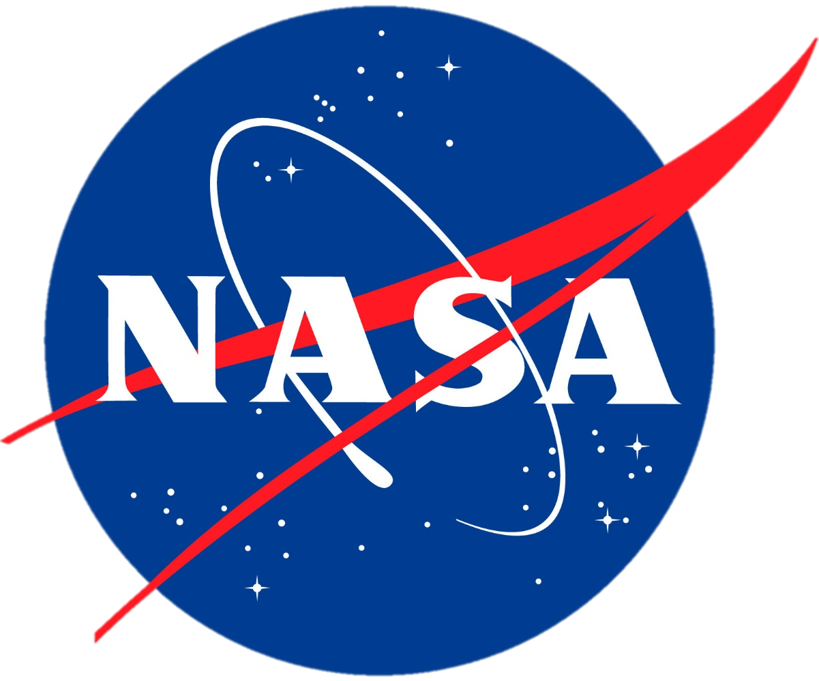Voyager2
The Voyager 2 spacecraft, which has been in operation since 1977 and is the only spacecraft to have ever visited Uranus and Neptune, is currently making its way to interstellar space, where its twin spacecraft, Voyager 1, has resided since August 2012. During its travels through the outer solar system, Voyager 2 visited all four gas giant planets, and also discovered and photographed many of the planets’ moons.
The spacecraft’s flyby of Neptune in 1989 set it on a course below the elliptic plane that will eventually take it to interstellar space. In 1998, engineers switched off the spacecraft’s nonessential instruments to conserve power. Data from at least some of the six instruments still in operation should be received until at least 2025.






